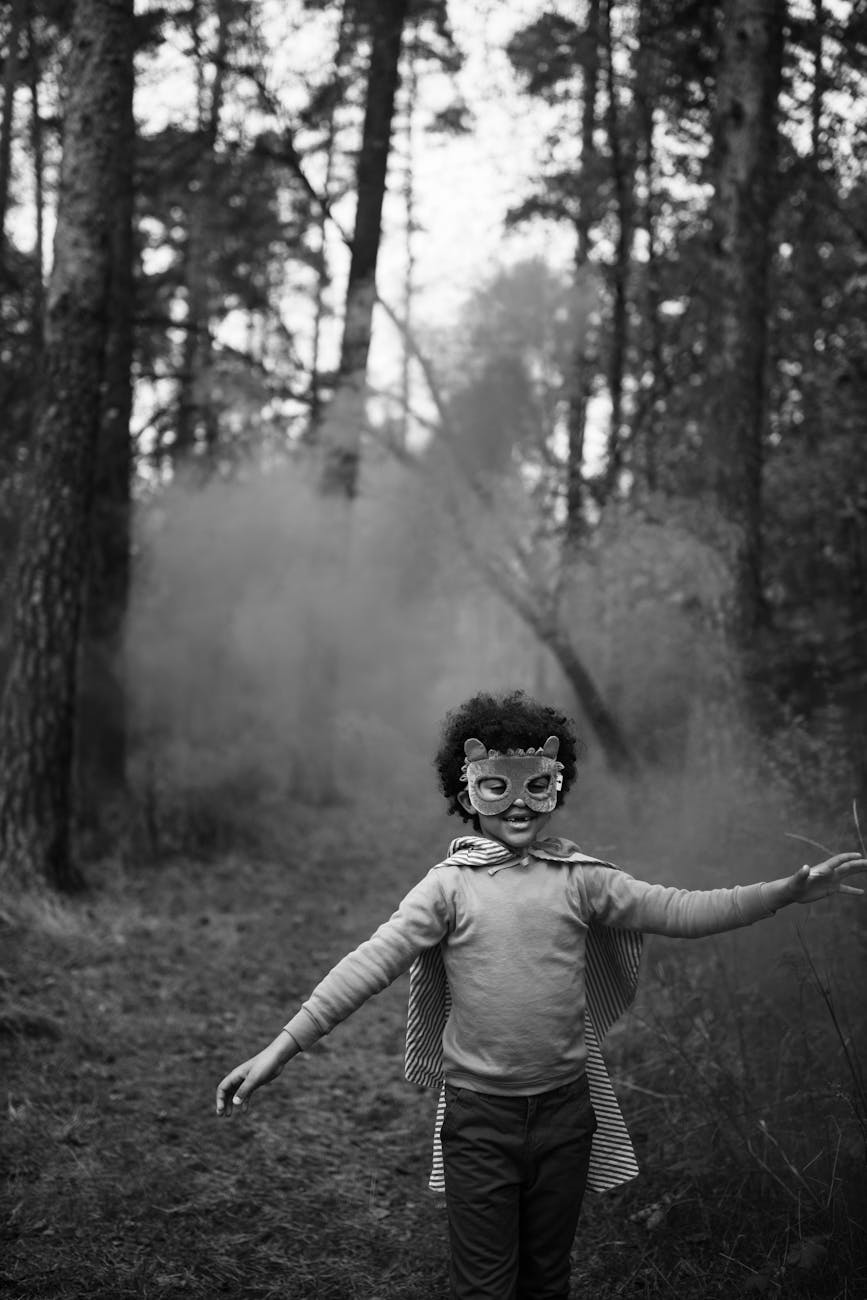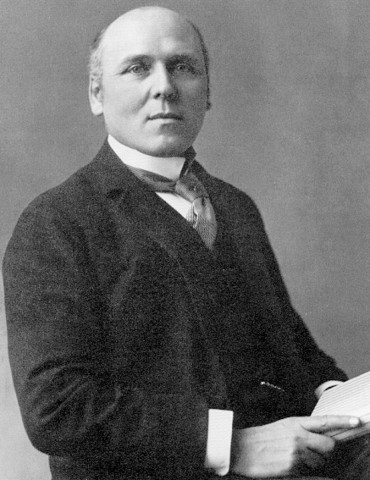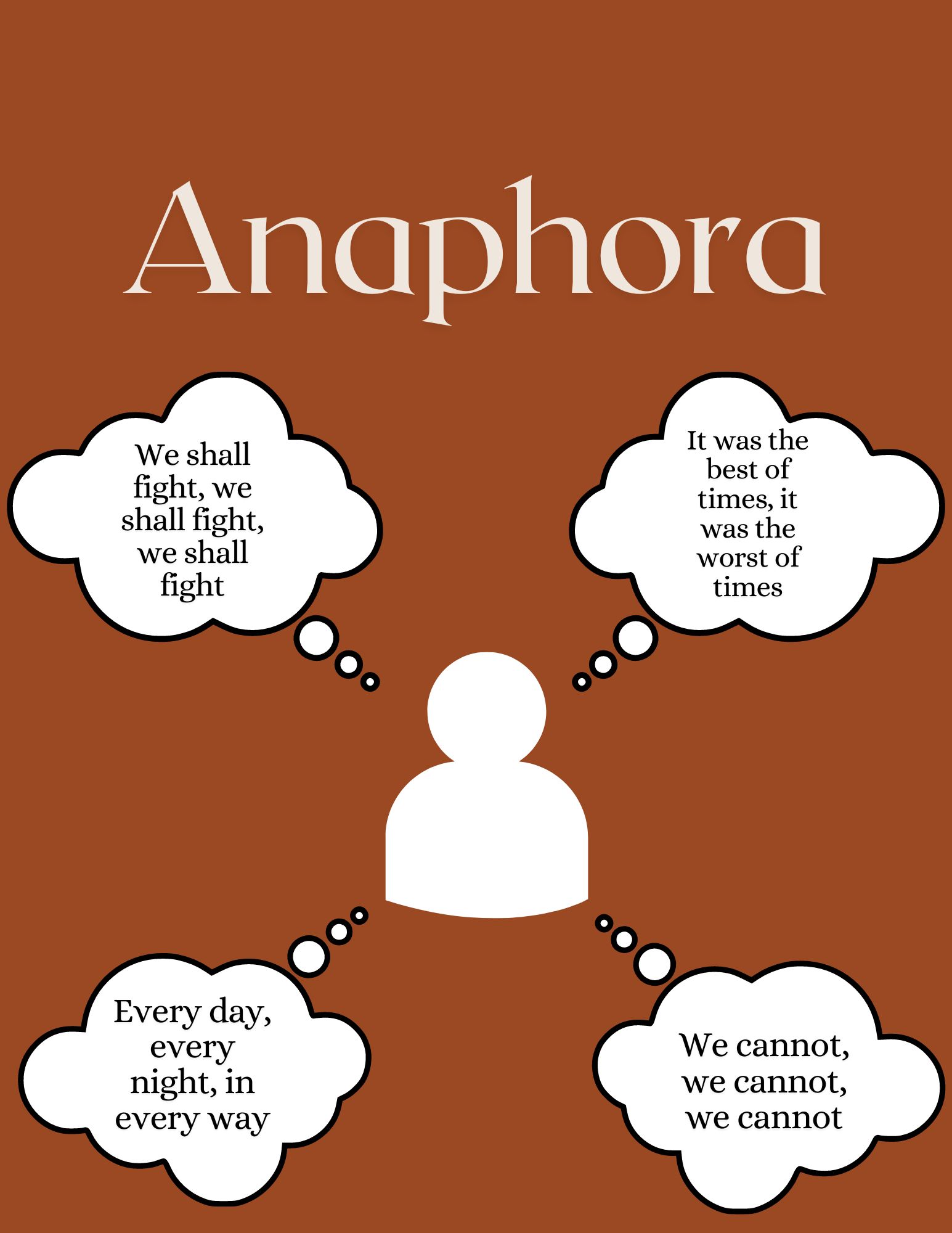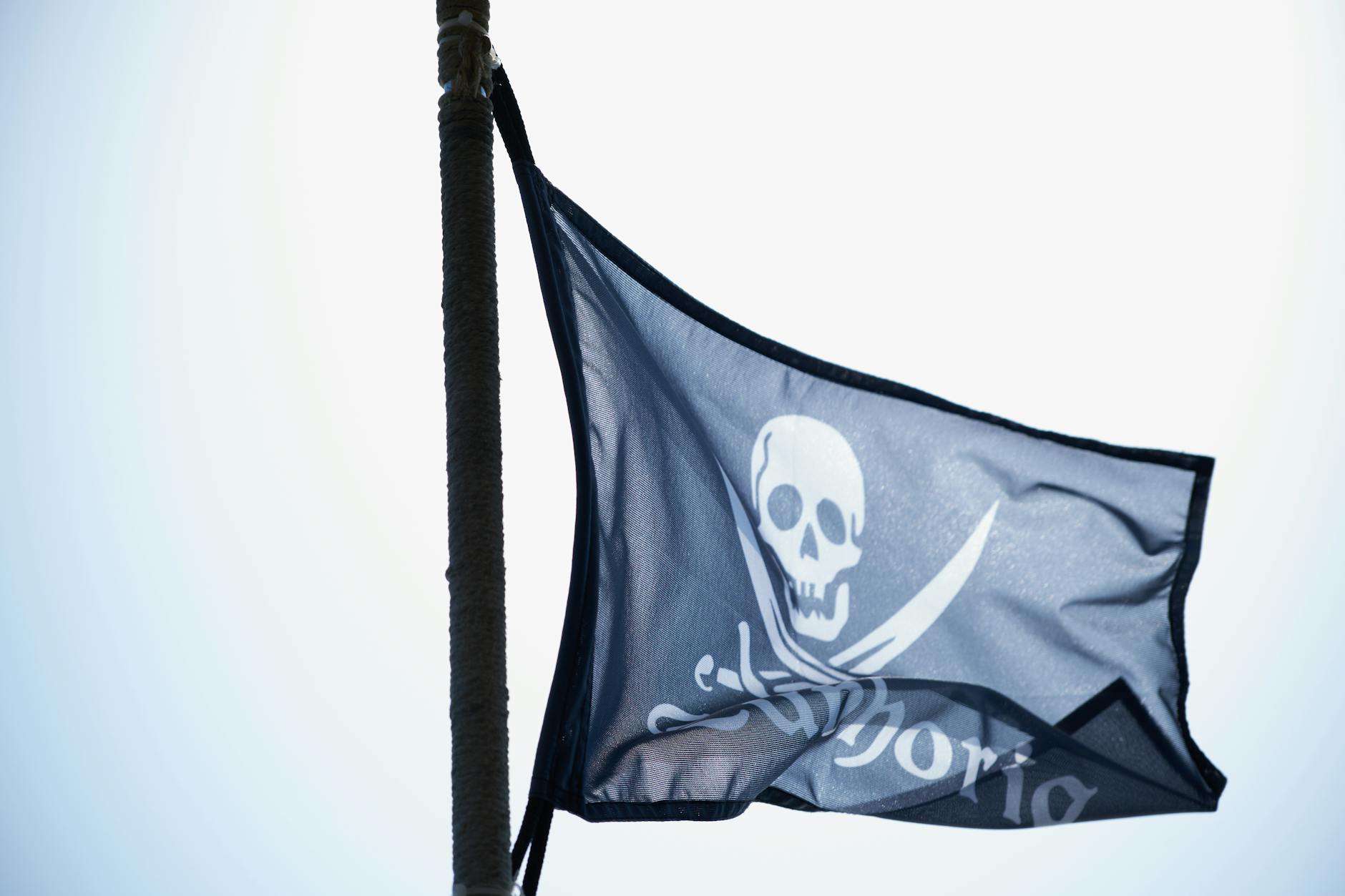Every Halloween, the streets come alive with dragons, faeries, monsters, and princesses, each adorned in fantastical costumes. But have you ever wondered why we embrace the tradition of dressing up in Halloween costumes and parading through town in search of candy? In this post, we embark on a journey through time to explore the ancient roots and the captivating history of costume-wearing, tracing it back to animal costumes and festivals in the hills and analyzing it for what it is today.
Ancient costumes
First, it is important to remember that many of our Halloween traditions come from “Samhain,” or the old Celtic tradition of ringing in the New Year (or Summer’s end) with a large bonfire and costumes to either ward off ghosts or ingratiate themselves with their company.
Moreover, as stated by CNN, the world of the Celts involved a thinning between the land of the living, and the land of the dead. As such, “Some people offered treats and food to the gods, while others wore disguises—such as animal skins and heads—so that wandering spirits might mistake them for one of their own” (Cerini).
Notably, these costumes were animalistic in nature–or meant to be bestial. They were intended to protect the wearers from both spirits and the homes they visited during the festival. Furthermore, if the ancient Celts weren’t dressed as animals then they were dressed with “blackened faces” representing “spooks” and “demons.”

Additionally, National Geographic states that even the line between genders was blurred on Samhain. The text states that, “Male youths would dress up as girls and vice versa …” while men in Wales were known as “hags” because they dressed in drag. Additionally, in areas of Ireland, the one who dressed as Lair Bhan was in a white-horse costume (made of a white sheet and wooden head) to represent fertility.
The Costume Trend Spread
Equally important, the genesis of this holiday would eventually become All Hallow’s Eve, a Christian-observed holiday. The observation of this holiday led to Biblical pageants.
In connection with this, some researchers stated: “These were common during the Middle Ages all across Europe. The featured players dressed as saints and angels, but there were also plenty of roles for demons who had more fun, capering, acting devilish, and playing to the crowd” (Morrow).
Another key point to remember is that during the Potato Famine in Ireland, the Irish immigrated to the United States and brought these traditions with them, which turned into fall festivals as early as the 1800s.
Building on this concept, Encyclopedia Britannica states: “The custom of trick-or-treating, in which children dress up in costume and solicit treats from neighbors … as Irish and Scottish communities revived the Old World custom of ‘guising,'” and this involved kids in character telling jokes, reciting poetry, or performing a trick for a treat (Don Vaughan).
In Modern Times
As mentioned in a previous post about the tradition of carving pumpkins, the tradition of dressing as a ghost or a goblin came from these pagan traditions, and eventually the Irish and Scottish immigrants who came to American in the 1840s not only brought the idea of carving vegetables, but also wearing disguises for Halloween.
In recent time, Halloween is a hugely commercial holiday, raking in $12.2 billion for 2023 in the United States. “This year’s Halloween spending is expected to surpass pre-pandemic levels,” states USA Today. “The highest Halloween spending clocked in at $9.1 billion in 2017…Consumers are expecting to spend $108.24 per person this year…” With that said, one can imagine that intellectual property costumes are legion. As such, there is never any shortage of costumes from any television show, video game, YouTube celebrity, and so on.
Conclusion
The transformation from Halloween costumes has changed from what it started as in ancient times during Pagan tradition to how it ended up as a commercialized celebration in modern times. Yet, traces of the ancient practice are still in existence as kids and adults dress in a costumes and celebrate Halloween on the last day of October each year. While they may not be wearing costumes to ward off the dead, costumes still invite treats for the wearers.
Works Cited
Cerini, Marianna. “From pagan spirits to Wonder Woman: A brief history of the Halloween costume.”
CNN. Oct. 25, 2020. Web. https://www.cnn.com/style/article/history-of-halloween-costumes/index.html
Morrow, Ed. The Halloween Handbook. Citadel Press. 2001. Web. https://archive.org/details/halloweenhandboo00morr/page/18/mode/2up
Owen, James. “First ‘Halloween’ Costumes: Skins, Skulls, and Skirts?” National Geographic. Oct. 29, 2008. Web. https://www.nationalgeographic.com/culture/article/first-halloween-costumes
Sandhu-Longoria, Kaur Amritpal. “Costumes, candy, decor fuel $12.2 billion Halloween spending splurge in US: A new record.” USA Today. Oct. 9, 2023. Web. https://www.usatoday.com/story/money/2023/10/09/halloween-sales-hit-record-12-billion/71121296007/
Vaughan, Don. “Why Do We Celebrate Halloween?” Britannica. Web. https://www.britannica.com/story/why-do-we-celebrate-halloween
Discover more from The Writing Post
Subscribe to get the latest posts sent to your email.



